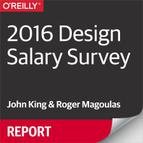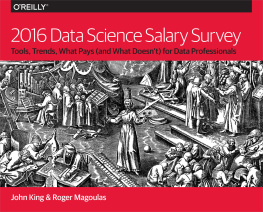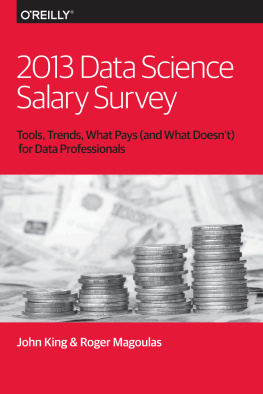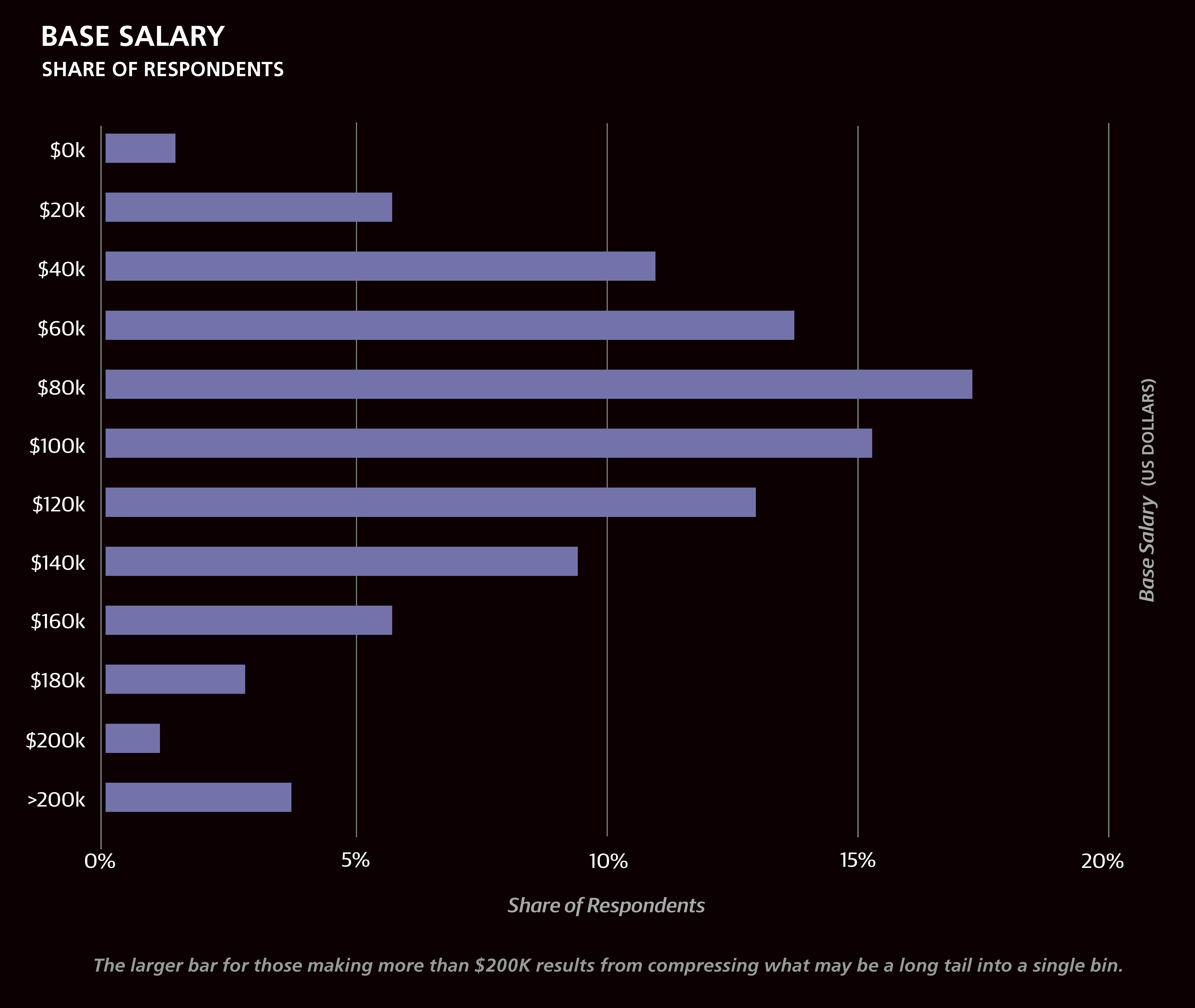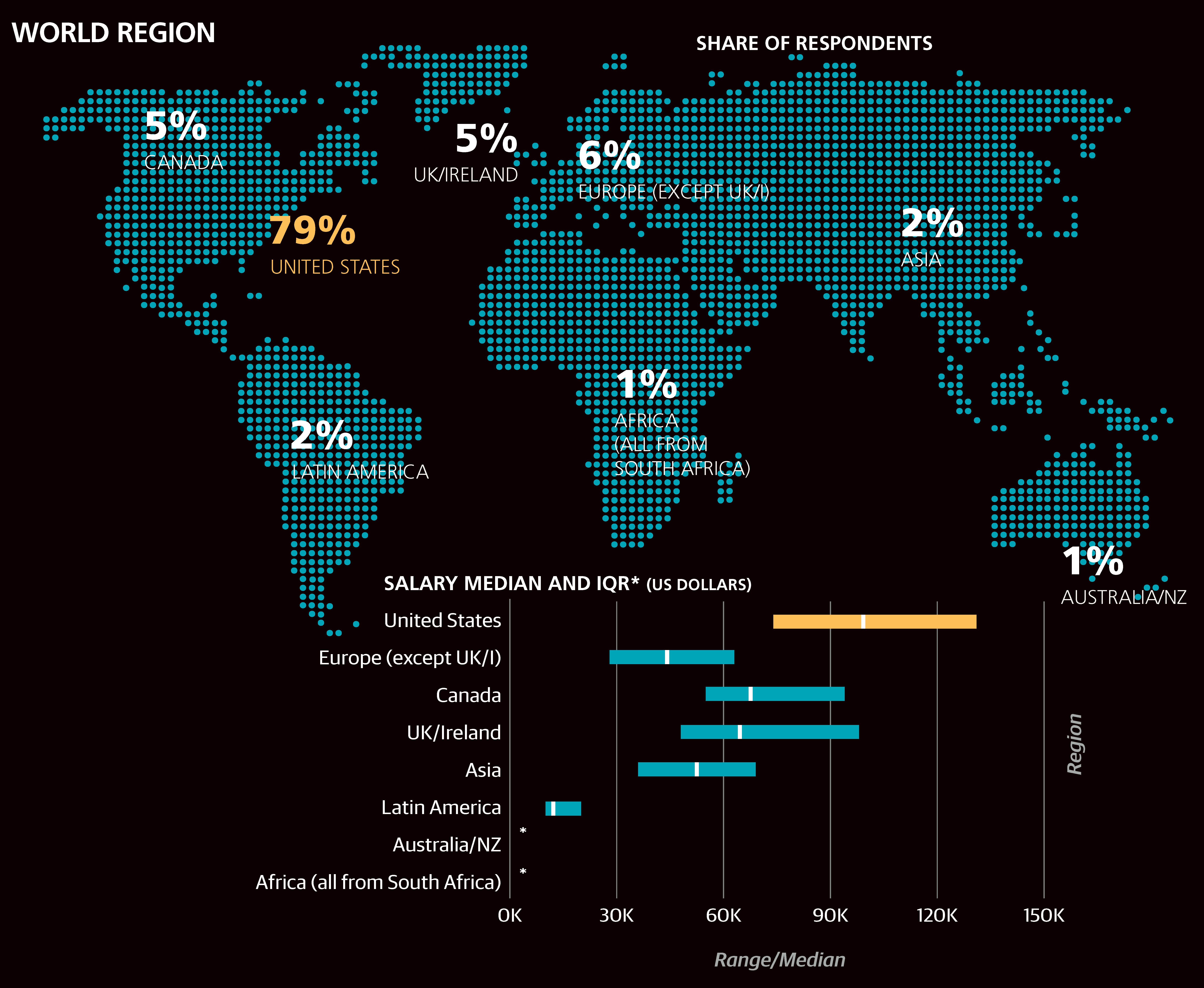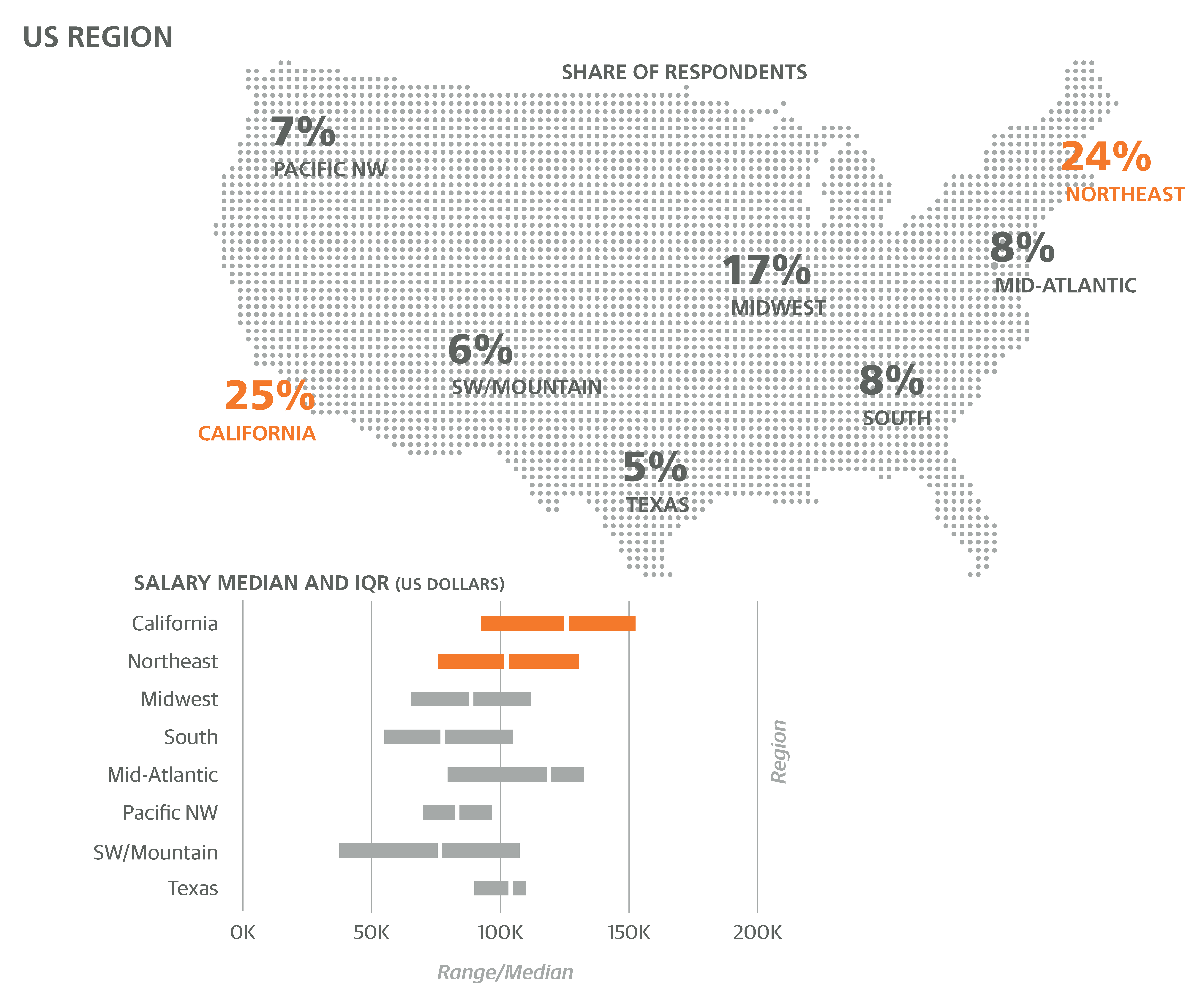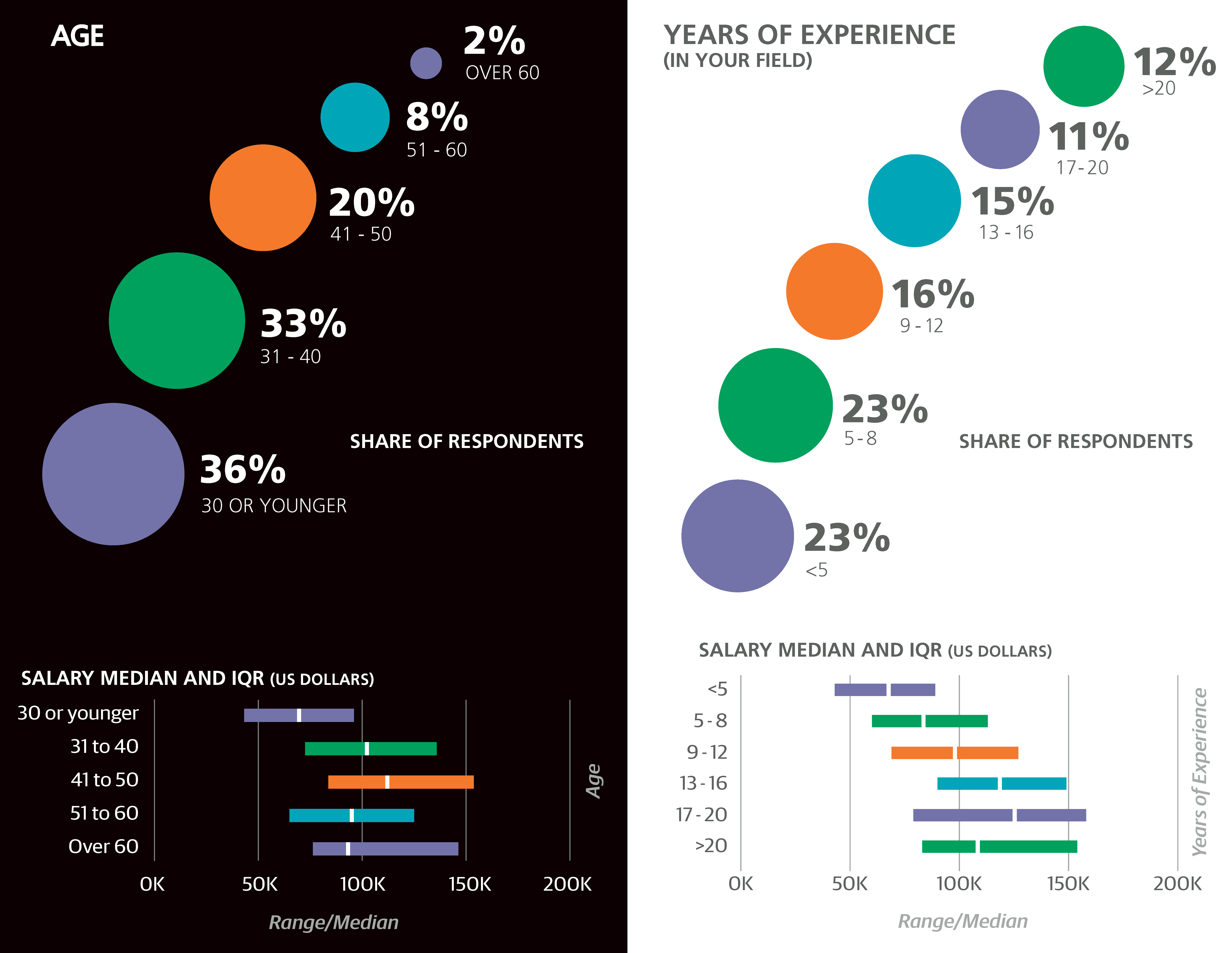Roger Magoulas - 2016 design salary survey : tools, trends, titles, what pays (and what doesnt) for design professionals
Here you can read online Roger Magoulas - 2016 design salary survey : tools, trends, titles, what pays (and what doesnt) for design professionals full text of the book (entire story) in english for free. Download pdf and epub, get meaning, cover and reviews about this ebook. City: Sebastopol, CA, year: 2016, publisher: OReilly Media, Inc., genre: Politics. Description of the work, (preface) as well as reviews are available. Best literature library LitArk.com created for fans of good reading and offers a wide selection of genres:
Romance novel
Science fiction
Adventure
Detective
Science
History
Home and family
Prose
Art
Politics
Computer
Non-fiction
Religion
Business
Children
Humor
Choose a favorite category and find really read worthwhile books. Enjoy immersion in the world of imagination, feel the emotions of the characters or learn something new for yourself, make an fascinating discovery.
- Book:2016 design salary survey : tools, trends, titles, what pays (and what doesnt) for design professionals
- Author:
- Publisher:OReilly Media, Inc.
- Genre:
- Year:2016
- City:Sebastopol, CA
- Rating:4 / 5
- Favourites:Add to favourites
- Your mark:
2016 design salary survey : tools, trends, titles, what pays (and what doesnt) for design professionals: summary, description and annotation
We offer to read an annotation, description, summary or preface (depends on what the author of the book "2016 design salary survey : tools, trends, titles, what pays (and what doesnt) for design professionals" wrote himself). If you haven't found the necessary information about the book — write in the comments, we will try to find it.
This past autumn, OReilly Media for the first time conducted an anonymous online survey of salaries of designers, UX/UI specialists, and others in the design space. This in-depth report presents complete survey results which demonstrate how variables such as job title, location, use of specific tools, and the types of tasks performed affect salary and other compensation. The survey attracted more than 300 designers, managers, and directors from 25 countries. Most of them work onweb and mobile products or connected devices in a wide variety of industries.
Respondents median salaries have been sorted according to:
- Work location (country or US region), age, gender, and education
- Job title, such as director, manager, consultant, developer, analyst, and designer
- Company size, products and services produced, team size, and design processes used
- Professionals they work with most, including programmers, other designers, and product managers
- A range of tasks, including user research, usability testing, information architecture, UI design, prototyping, and project management
- Tools used most often, from Dropbox, Slack, and GitHub to Adobe Illustrator, Sketch, and InVision, to Google Analytics and HTML/CSS
Curious how you would do in a different location, or how different skills and responsibilities might affect your salary? Download this free report to gain insight from these potentially career-changing findings, and learn how to plug your own information into the surveys linear model.
To stay up to date on this research, your participation is critical. The survey is now open for the 2017 report, and if you can spare just 10 minutes of your time, we encourage you to go to http://www.oreilly.com/design/2017-design-salary-survey.html.
Roger Magoulas: author's other books
Who wrote 2016 design salary survey : tools, trends, titles, what pays (and what doesnt) for design professionals? Find out the surname, the name of the author of the book and a list of all author's works by series.

